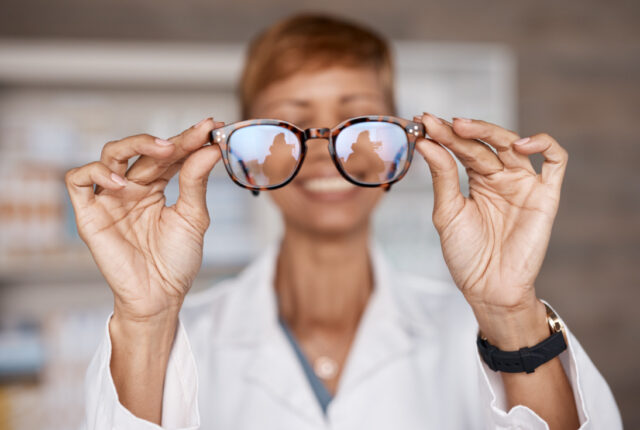
The prevalence of myopia continues to grow, affecting about 42% of the U.S. population currently. Outside of the U.S., urban areas of Singapore, China, Taiwan, Hong Kong, Japan and Korea report upwards of 80 to 90% of high school graduates are myopic. Worldwide, a recent study estimated that on average, 30% of the world is currently myopic and by 2050, almost 50% will be myopic—a staggering 5 billion people.
With this global surge, myopia is of critical concern in eye health, emphasizing a necessity for optometrists to stay current with evolving management strategies. Central to these innovations is orthokeratology, which has shown significant promise in myopia control, especially in children. Alongside orthokeratology, emerging techniques such as low-dose atropine eye drops and specially designed contact lenses are transforming the menu of options available in myopia management, offering optometrists cutting-edge tools to combat this common vision impairment effectively.
Orthokeratology
Orthokeratology (Ortho-K) is a revolutionary non-surgical approach to myopia control, utilizing innovative gas-permeable contact lenses worn overnight to temporarily reshape the cornea, correcting refractive errors and reducing the progression of the impairment. Recent advancements in this technology have significantly enhanced lens design, focusing on increased oxygen permeability and wearer comfort through improved lens materials. Innovations in lens design now incorporate customized fitting based on individual corneal topography, offering a revolutionary, personalized approach to myopia management that ensures precise vision correction while optimizing the myopia control effect.
Recent studies have shown Orthokeratology is “a safe and predictable long-term procedure in children and adults, with a low incidence of serious adverse effects.” The evolving landscape of Ortho-K research continues to explore its impact, but the integration of this advanced technology and personalized care epitomizes the future of myopia management and positions optometrists to offer forefront solutions to combating the myopia epidemic.
Beyond Orthokeratology: Emerging Myopia Management Strategies
In addition to Ortho-K for myopia control, there are many other emerging strategies.
Atropine eye drops can be a tool in controlling myopia, with low-dose formulations gaining traction due to their efficacy with minimal side effects. Recent studies underscore the optimization of dosages, often ranging from 0.01% to 0.05%, to balance myopia control benefits while minimizing anticholinergic side effects. This delicate balance will be crucial in practical applications.
Multifocal contact lenses are redefining myopia management by providing simultaneous correction and myopia control. These lenses are engineered to alter eye growth and reduce myopia progression through the creation of myopic defocus, which is theorized to signal the eye to slow growth. The latest research confirms their effectiveness, making them a valuable option for patients seeking a non-invasive myopia management solution.
Lifestyle modifications are increasingly recognized for their role in myopia management as well. Encouraging outdoor activity and limiting screen time have shown a correlation between increased outdoor time and reduced myopia progression in children, suggesting environmental factors indeed play a crucial role in eye health.
Advances in spectacle lens technology introduce innovative options like lenses equipped with specific optical zones or Defocus Incorporated Soft Segments (D.I.S.S.), designed to mitigate myopia progression. These advancements represent a fusion of optical engineering and clinical insight, offering optometrists innovative new tools to customize myopia management to individual patient needs.
Integrating New Myopia Management Approaches into Practice
Integrating new myopia management approaches requires optometrists to adopt tailored strategies that attentively consider each patient’s unique needs and lifestyle. This personalized approach not only enhances efficacy but also ensures patient compliance and satisfaction. Optometrists play a crucial role in educating both patients and their guardians about the diverse available options and any possible side effects. Equally important is the emphasis on regular follow-ups, enabling continuous monitoring of the condition’s progression and the effectiveness of the prescribed treatment.
Optometrists must stay abreast of the latest myopia management advancements, integrating new research and technologies into their practice to optimize patient outcomes. Embracing continuous education and adapting to innovative strategies are pivotal in enhancing the effectiveness of myopia treatments and ensuring superior long-term visual health for patients.
SOURCES: Stanford Medicine, Myopia Institute, PubMed, National Institute of Health, National Institutes of Health, British Journal of Ophthalmology




